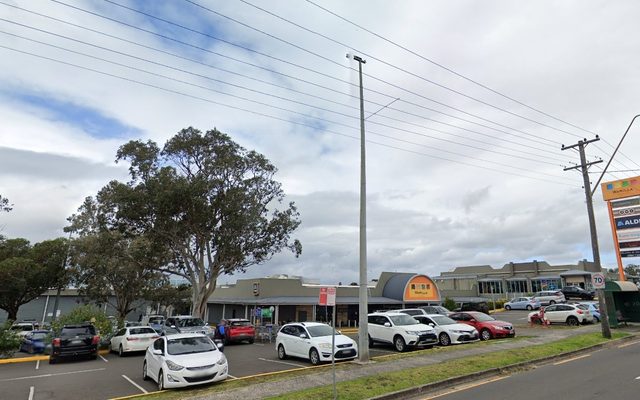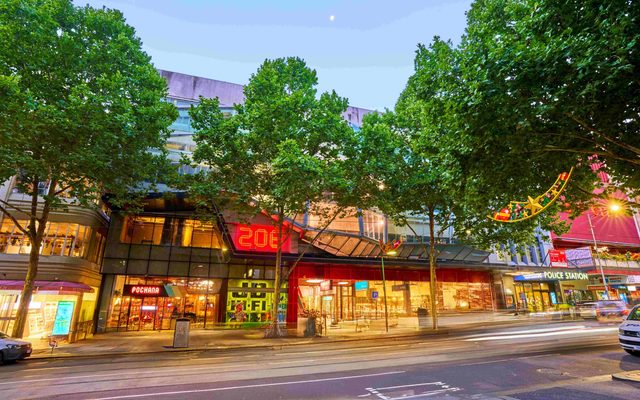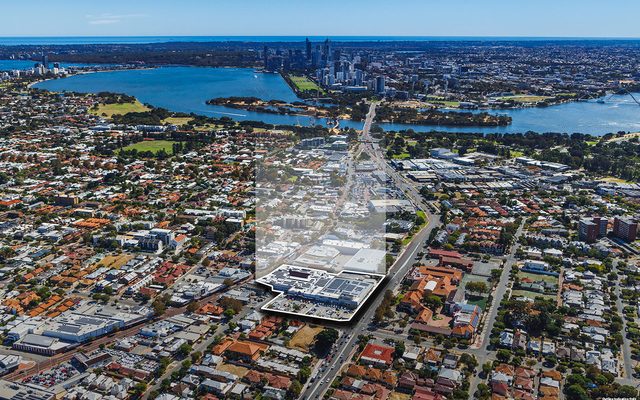This article is from the Australian Property Journal archive
Shopping centre owner Vicinity believes the repricing of retail property is showing signs of bottoming and will turn to maximise the airspace above its malls after securing masterplan approval to develop 6,000 apartments, bolstering the value of its assets.
Vicinity reported a statutory net profit after tax of $492.6 million for the first half year ended December 2024, an increase from $223.5 million in the previous corresponding period. The funds from operations were $344.1 million, marginally down from $345.6 million in the pcp due to one-off items and higher lost rent from developments.
The group declared an interim distribution per security of 5.95 cents (1H FY24: 5.85 cents), representing a payout ratio of 85.3% of adjusted-FFO.
CEO and managing director Peter Huddle said Vicinity’s investment strategy to hold premium, fortress-style assets located in great trade areas is paying off as comparable net property income grew by 4.2%, driven by the premium assets since the end of FY22. Since then, premium centre leasing spreads have averaged +4.6%, including +6.7% delivered in 1H FY25 and occupancy has increased from 97.9% as at June 2021 (i.e., FY22) to 99.6% as at December 2024.
“Adding to this, retailers continue to consolidate the number of stores and seek larger format, flagship stores in Vicinity’s premium assets. Since June 2019, the average size of specialty and mini-major stores in our premium assets has increased by c.17%.
“The long-term appeal of these assets is further magnified by forecast supply/demand dynamics, where retail GLA per capita is forecast to reduce by 5% by 2033. In addition, new retail supply is expected to be concentrated in the neighbourhood asset category,” he added.
Meanwhile Vicinity’s gearing reduced to 26.4%, which is at the lower end of our 25% – 35% target range, thanks partly to the 1.2% or $174 million, uplift in total portfolio valuations to a total of $15.298 billion.
“The valuation cycle for the retail property sector is showing signs of bottoming, with income growth continuing to be the main driver of the valuation gain,” Huddle continued.
At the same time, cap rate expansion has slowed with the average total portfolio rising marginally to 5.64% from 5.63% in the pcp.
During the period, the trust divested $457 million of non-strategic assets, at a blended premium to June 2024 book value of >5%, including a 50% interest in South Australia’s Elizabeth City Centre to petrol king Nick Andrianakos’ Nikos Property Group for $170 million, 50% stakes in two New South Wales assets in Roselands and Carlingford Court, for a combined $287 million.
Vicinity and Nikos have existing partnership which also manages Broadmeadows Central in Victoria and Colonnades in South Australia, and that will be further strengthened after Nikos acquired a 50% stake in major Melbourne mall Northland from GPT’s unlisted Shopping Centre Fund for $385 million earlier this week.
Huddle said sales across its centres continued to show resilience despite the cost-of-living crisis and impact on consumer confidence.
“Having anticipated a relatively flat retail sales environment, we have been pleased with the continued resilience of our retail centres, especially in the context of a more challenged consumer environment more broadly. The portfolio delivered positive sales growth in 1H FY25, up 2.0%, underpinned by a more robust 2Q FY25, where sales increased 2.7% relative to the prior year.
“Relative to the extraordinary growth post pandemic, Luxury sales continued to trend lower in 1H FY25. Pleasingly however, the rate of sales decline eased over 1H FY25. It is important to note that specialty Luxury retailers have enjoyed almost 30% growth in sales per sq m since 2019 and that the category remains highly productive, with average sales per sq m of c.$60,000,” he pointed out.
“Excluding the impact of luxury on our specialty and mini major stores highlights even greater resilience and shopper confidence to spend, despite the ongoing cost of living pressures faced by Australian households. This is illustrated by strong sales growth across our more discretionary retail categories, such as Homewares (+4.3%), Apparel & Footwear (+3.8%) and Jewellery (+2.8%),” he added.
Occupancy across the portfolio remains elevated at 99.4%, leasing spreads are positive at +3.5% (FY24: +1.1%) and the average tenure of new leases is 4.3 years (FY24: 4.4 years).
Meanwhile Vicinity continues to make progress to unlock the airspace above its shopping centres, securing development approvals for more than 6,000 residential apartments across four key assets, including Buranda Village in Queensland, Box Hill Central and Victoria Gardens Shopping Centre in Victoria and Bankstown Central in New South Wales.
“While these approvals create the potential to unlock significant value at these assets, we continue to retain complete optionality in terms of how and when that value is unlocked,” said Huddle.
Looking ahead, Vicinity has reaffirmed its FY25 earnings guidance, with FFO and Adjusted FFO per security expected to be within the range of 14.5 to 14.8 cents and 12.3 to 12.6 cents, respectively.




